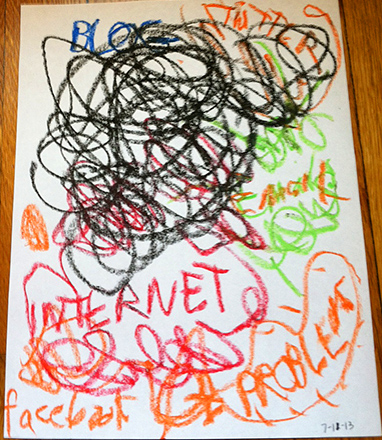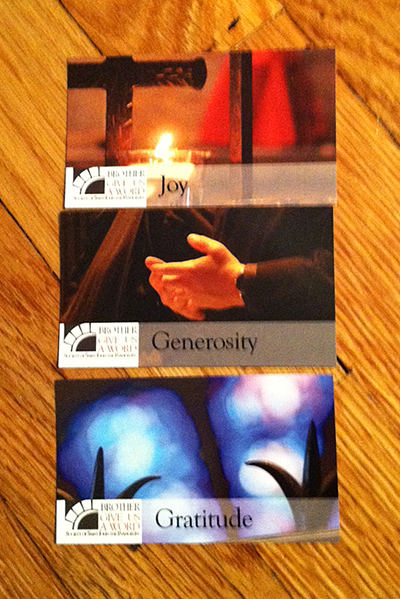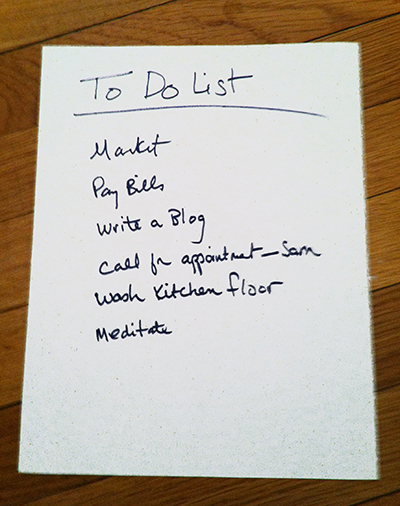I went on a silent retreat to learn about the Desert Fathers and Mothers of the 4th Century; to learn more about total, sustained stillness. It was a book of the collected sayings of the Fathers that initially interested me. It intrigued me the way these Fathers remained so silent and so immobile for so long (life times). I was drawn to them. To what they were doing. I read they developed a deep sense or awareness of their feelings and perhaps what others felt, too, deep down. They became aware of things we never touch the surface of. Perhaps I romanticized them. But we do move too fast, talk too much, eat too much, filling all the empty spaces.
Finding Stillness
Some things I learned: you can only face up to yourself when you confront your heart without any hiding place; when you have done that, you know peace. John Chryssavgis wrote, “We come to self-knowledge through stillness, and silence, and attentiveness and watchfulness. When words are abandoned, a new awareness arrives.” (In the Heart of the Desert, p. 45)
This is what I wanted. I had 3 1/2 days. I doubted I would get far, but I’d dip my toe in.
There was another aspect that involved Intention. What was my intention for the retreat? I didn’t have to think long to tell the Brother, who would be my guide, that I wanted to discern what to eliminate from my too busy life and head (since I knew I’d never end up in a cave).
I was provided with a room, desk, wooden chair, bed, and bureau. I had a lock on my door and remained silent, except to talk, once a day, to my retreat director. On other retreats during the day I practiced following the breath, sometimes with a mantra. I almost seemed to float during those times.
This was different.
I brought my iPhone so my family could get in touch if they needed to. (Big mistake.) Not that they got in touch at all. It was my problem. I saw an email from someone who takes care of posting my words on my blog.
It simply involved something that she could see on my blog and I couldn’t. I became obsessed with this technical problem, although I knew nothing about technical solutions. There was something obsessive about this. I was truly agitated. Agitation was not tolerated in the desert, I remembered.
Of course I’d read that the Fathers and Mothers had demons to wrestle with (demons within themselves) but I had never imagined mine would involve the Internet.
I dwelt in frenzy — just the opposite of what I’d experienced before in retreats or my own practice.
I participated in more emails that soon involved a third person, my webhost.
I then put my iPhone under my clothes in a drawer, as if it were an illegal substance—and maybe it is—or at least what it did to me should be withheld. No slow hand written words—thought carefully through and put to paper with ink with no chance of a response for days. Instead, addictive words flew back and forth and back and forth like they never could before. Technology and the Internet had seen to that. And, I’m hunt and peck typing with a stylus on an iPhone—like punching something over and over. Fast and hard words. Can they break . . . these words?
No, but I can break using them this way. Having them come at me this way.
But, of course, this was my demon and I had to fight. With patience, they said. I had little of that.
The Desert Fathers and Mothers insisted on discipline. I had little of that, as well.
These were all opportunities to practice. Well, I still had my iPhone hidden in a drawer under my clothes.
Maybe what I experienced in a rocky spiritual afternoon was just an exaggeration of what I was retreating from in my everyday life.
So, I drew a picture of what I was feeling, wrote a left-handed confession and took pictures of some little cards in the Retreat House that represented what I wanted. And, I began to calm down. The breath came and went and I settled for the rest of the retreat.
After two more days I wasn’t sure what had happened, but I had found my retreat rhythm and inner stillness. On Saturday morning it was time to go home. I got what I had come for.
I got word, on Monday, that over the weekend my website had experienced an attack that my webhost had averted, but my site had to be shut down over the weekend.
Gone into silence. Into stillness . . .
Please leave a comment if you wish . . .
[subscribe2]


















